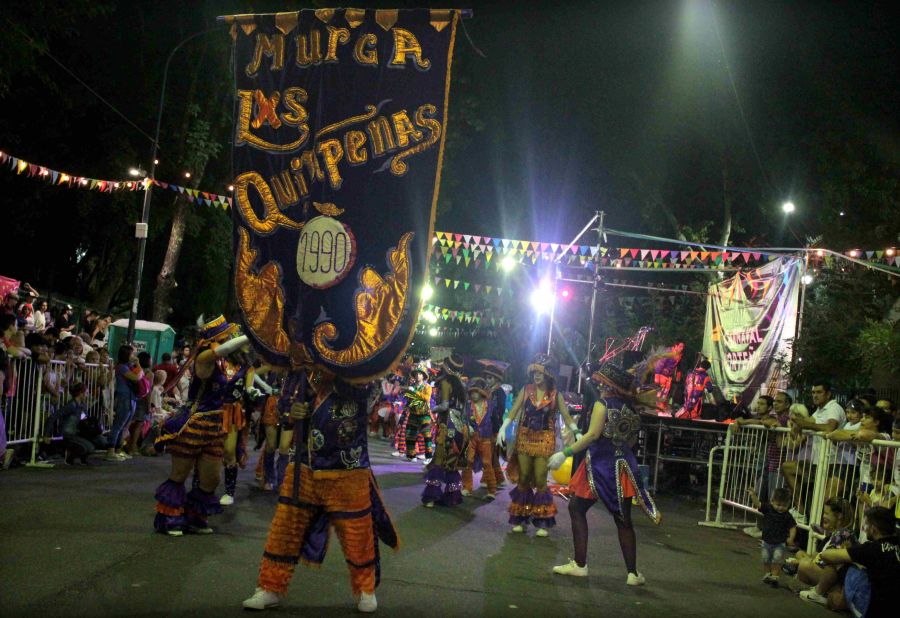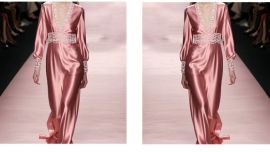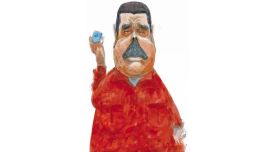More than 1.5 million people took to the streets of Buenos Aires last weekend to celebrate the Carnival holiday, enjoying the parades and entertainment provided by the murgas, musical performance groups from each district.
Yet the murgas, whose members practise for months in parks across the City ahead of their performance, haven’t always been such a prominent part of local Carnival culture.
The history of Argentina’s own version of Carnival is a long and surprisingly political one. According to some, it started as a mixture of Spanish colonialist tradition and Candombe dance, performed by black slaves during the 1600s.
The dance was used as a way for the slaves to express disenchantment with their situation. Today’s traditional get-up for the porteño Carnival – a top hat and suit – harks back to the outfits worn by slaves in an impersonation of their masters.
Over the centuries, Carnival evolved from being practised privately in the home into neighbourhood clubs, before spreading onto the streets with masks, colourful costumes and floats, evolving into the parades which today flood through the City during the four-day weekend.
Reminiscent of Russian philosopher Mikhail Bakhtin’s theory of the ‘carnivalesque’ as a satirical challenge to authority and traditional social hierarchy, the murgas are highly politically charged, serving as a way for the working classes to express their feelings about those in power.
During Argentina’s military dictatorship, for example, the once recognised public holidays were removed, with murgas only allowed to perform in controlled areas. The Carnival spirit was a threat to social hierarchy, the Junta believed, as the songs included subversive political messages.
After the fall of the regime, the murgas began to slowly evolve once again, with women and the middle-classes taking part in increasing numbers. In 2011, then-president Cristina Fernández de Kirchner reinstated Carnival as a national holiday.

Today, both Carnival and the murgas continue to evolve. Minority groups have taken on the carnival spirit to express their own political and social concerns.
Lxs Quitapenas is a murga group that was founded in 1990, It took to the streets this year in celebration of the LGBT and feminist community in Buenos Aires, calling for a Carnival free from misogynist violence.
In an interview with the Times, Luciana Vainer – a founding member of the group, which was born out of a workshop at the Ricardo Rojas Cultural Centre – explained that the group changed their pronoun from ‘Los’ to ‘Lxs’ last year to display their non-binary identity.
Carnival includes “fellowship, working in a community project which represents us, doing street art, performing a traditional genre of Buenos Aires Carnival and seeking renewal, too,” Vainer added. “We seek to provide good representation. We express what we believe.”
“The carnival is a very good space for the expression of social and political ideas... it is a great game, which uses humour, irony, mischief that helps us to say what we think and value in life and invite people who are at the parades to rethink reality.”
This year, for example, one of the group’s songs emphasised the importance of the murga as a form of political activism: “To recover the joy of the people/so the past does not happen to us again/we will need to reflect and to think/on the street you have to be/that is where you have to be/so they will never betray us again.” (English translation)
Vainer said Lxs Quitapenas reflects Carnival culture’s historic acceptance of the LGBT community in Argentina, railing against the rejection the group has faced from many quarters.
A series of testimonials recently published by the Trans Memorial Archive illustrated how during the 1990s, Carnival was the one of the only opportunities for trans people to celebrate their identity with freedom.
“People applauded us: they shouted nice things and took pictures with us. We were like the stars of the party,” read one unattributed contribution. “We were an attraction, because for the rest of the year we were hidden because of repression.”
Circumstances may have changed today, but Carnival’s tradition of serving as a space for radical expression looks set to live on for many more years to come.
























Comments